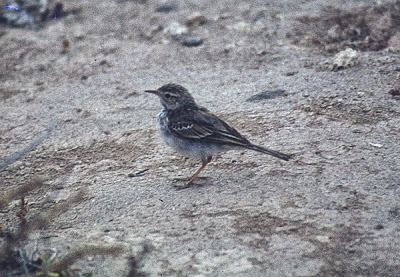 |
| Drago milennia at Icod. 1000 year old tree, supposedly |
 |
| view west from Erjos |
 |
| La Gomera from Erjos |
 |
| view south to Santiago from Erjos |
 |
| Yellow-legged Gulls at Los Cristianos |
 |
| Bar-tailed Godwits on the saltpans |
 |
| Berthelot's Pipit, common in all arid habitats visited |
 |
| didn't seem to mind litter either |
 |
| Pico de Teide above the clouds from La Gomera |
 |
| Pico de Teide above the clouds from the ferry |
 |
| view from the laurel forest and to the sea |
 |
| Laurel forest from the viewpoint, the track back starts bottom right and ends top left |
 |
| me at camp, day 12. Hard ground, pillow wasn't that comfortable either |
 |
| view from laurel forest to the sea |
 |
| lizard sharing breakfast |
 |
| Canary race of Chaffinch |
 |
| juvenile Canary |
 |
| I'd seen one like this on Tresco in October 1977 |
[blogged October 2013]














